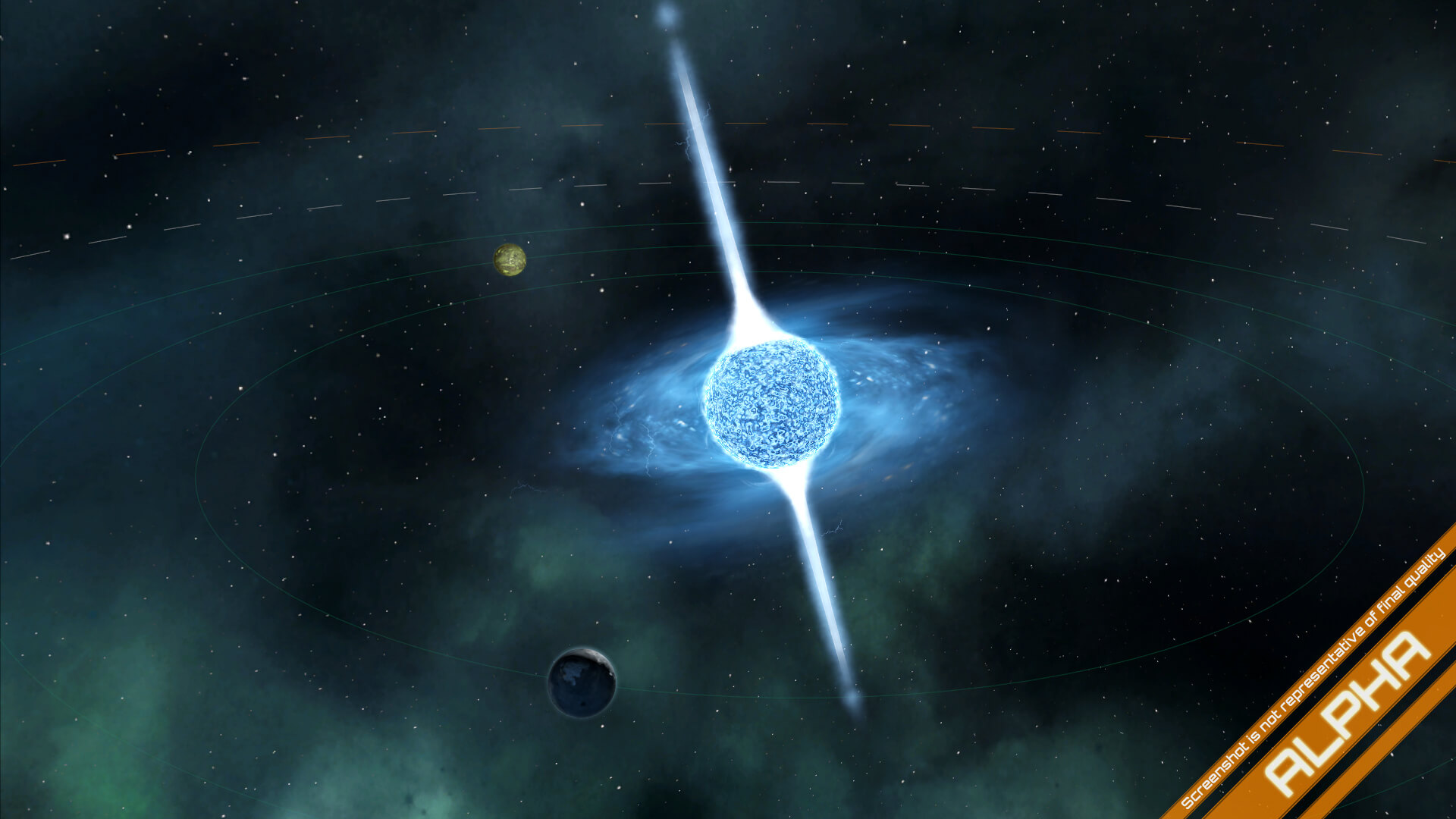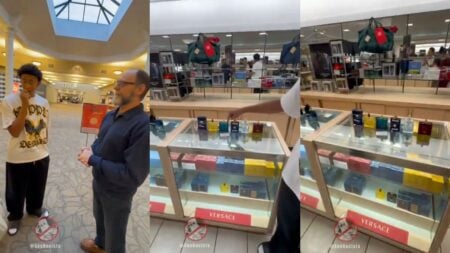As Ridley Scott once said “How can you look at the galaxy and not feel insignificant?”
I mean, that seems like something he would say. Nevertheless, we have a brand new Stellaris dev-diary from Paradox Development Studio.
As this week’s cosmic information is delivered piecemeal to eager space strategists the globe over, we’ve learned a little more about the galaxies and space between the spaces in Stellaris.
Like any proper strategy game, seeding options are extremely important, actually necessary, for the long running success of the game. In Stellaris, options for modders will be at the forefront of Paradox’s collective mind — giving a tremendous amount of flexibility in maps, planets, and other in game systems. Paradox is all about the details because even in space, you can’t have too many nooks and crannies to explore.
When you start a new game you can specify the size and shape of the galaxy as well as the number of (normal) AI empires. Sizes currently range from 200 – 1000 stars. The amount of AI empires only affects how many AI controlled empires that are generated from the start, a lot more will spring into existence during your game. Currently we have three different types of shapes for the galaxy; spiral, elliptical and ring.
With the three different galaxy options on hand to experiment with, each play through will feel distinctly different from your last. Once you’ve decided on how you want to orbit the nucleus of your chosen galaxy, you will need to figure which type of star best suits your play style. Zoft, the project lead on Stellaris, has said “Most stars will be star classes with the different spectral types B,A,F,G,K,M. Some star systems can however be more special, like a black hole, pulsar or a neutron star. Every system with a certain star class has a given set of rules that controls how the star system is generated”. Ooh, I think my civilization will be perfectly suited for a black hole type of existence.
Finally, each star system will have a specific seed for each “alien” civ. Humans will naturally start around Sol, our native solar system (which of course is moddable). Each time you play, you will have your local star system to explore, destroy, or look at dumbly. But you’d be hard pressed to see the same random event each time you start a new game. Whether that’s a scientific object found on a derelict satellite, or an aggressive micro-alien that’s waiting to eat your eyes out, the options become endless.
We generate a lot of interesting special content in the different systems, including the ones that no empire is controlling. This content ranges from debris to ships of unknown origin, that could be friendly or not so friendly… Speaking from personal experience when it comes to the “not so friendly” ships, I recommend all players to scout systems before going there with their science ships to survey a potential future colony. It is not fun having your science ship blown out of existence with your most skilled scientist aboard.
Like a star-bound ship packed with Xenomorphic facehuggers, Stellaris has it’s sights set on the stars… Oh, never mind.
Check back Tuesday for the next iteration of development diary shenanigans where Paradox will be discussing FTL drives.







